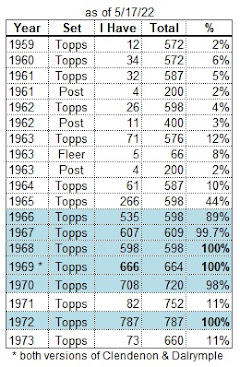My first recollection of Lee Thomas (#438) is when I got his 1967 card. His position on that card (like this one) was "1B-OF". My young brain then summed him up as:
a) He's a backup
b) He's Ernie Banks' backup, so he's not gonna play.
However, he was a valuable pinch-hitter, and before that, a full-time player in the early 1960s.
Thomas was signed by the Yankees in 1954, then played for seven seasons as an outfielder with their minor-league teams before making his major-league debut in April 1961.
Of course, with the likes of Mickey Mantle, Roger Maris, Yogi Berra, and Hector Lopez taking up space in the Yankees' outfield, Lee's prospects for playing time weren't very good. After 2 pinch-hitting appearances, he was packed off to the Angels on May 8th in a 5-player deal.
.jpg)
.jpg)
With the Angels, Thomas had more playing time than he would ever have seen in New York. Alternating between 1st base and the outfield, Lee played 130, 160, and 149 games from 1961 to 1963.
In 1964, after starting 44 of the first 49 games in right field, Thomas was traded to the Red Sox on June 5th for outfielder Lou Clinton (who had been Boston's regular right fielder since mid-September 1961). Lee started almost every game in right for the remainder of the season.
Thomas took over as the Red Sox' regular first baseman in 1965 (due to a combination of Tony Conigliaro moving to rightfield, and long-time
stonehands/1st baseman Dick Stuart moving on to Philadelphia).
After the season, Lee's time in Boston was over, since the Red Sox planned to have minor-leaguer George Scott take over the first base job in 1966. In December 1965 Thomas was traded to the Braves, but the following May he was sent on to the Cubs.
His time with the Cubs was spent as mostly as a pinch-hitter. In February 1968, the Cubs traded him to the Astros for 2 minor-leaguers who never made it to The Show. Lee finished the 1968 season with Houston. He played in Japan in 1969, and finished his career with the Cardinals' triple-A team in Tulsa.
In later years, he would become the Phillies' general manager during the early 1990s.
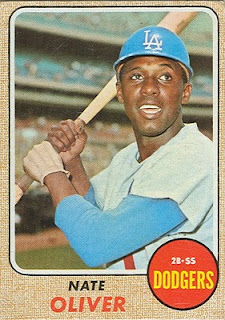.jpg)
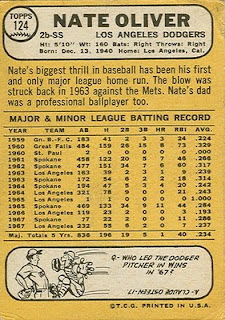.jpg)
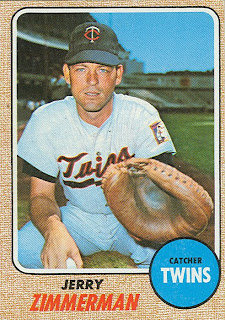.jpg)
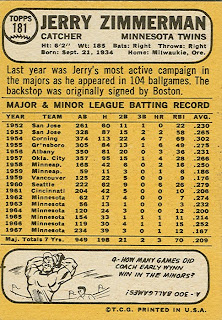.jpg)
.jpg)
.jpg)
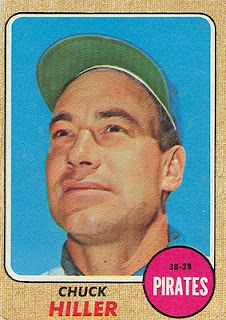.jpg)
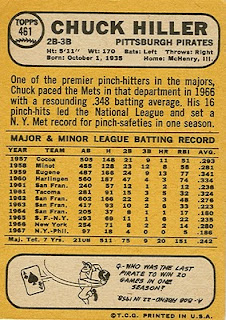.jpg)
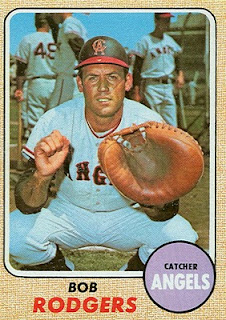.jpg)
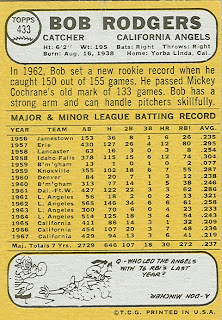.jpg)
.jpg)
.jpg)
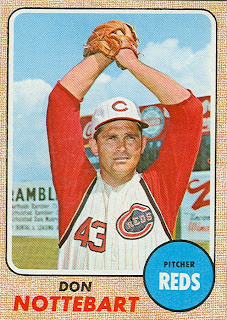.jpg)
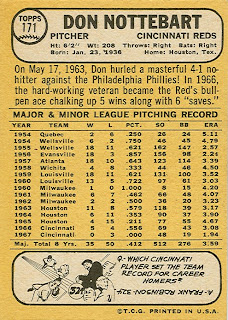.jpg)

.jpg)
.jpg)
.jpg)
.jpg)















